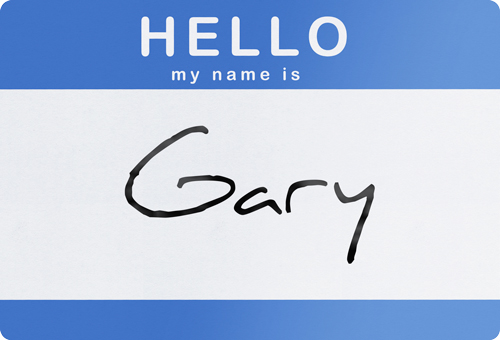 |
Recently, an intense discussion among our clients occurred about a seemingly benign subject—staff uniforms. Specifically, name tags: where can they be bought, and should the practice logo be printed on them?
As I often do when things become nitty-gritty, I took a step back to examine the big picture of this particular practice-building topic. Why would a practitioner mandate (or not) that staff wear uniforms and if they do, why a particular type, style or color? What about the pros and cons of using name tags vs. writing the staff member’s name in embroidery? Why display any name at all? And what about complementary items like laboratory coats and/or ties?
There is, of course, no universal answer for these questions—it depends upon the practice’s model, mission statement, values, culture and long-term goals. It is more than likely, however, that every practice has one communal thread tying them all together: they are all attempting to connect and relate to patients, which benefits both the clinical care aspect and the business as a whole.
So, with respect to the staff dress code, is there anything that can be done to help connect with the patient? Can altering something so seemingly simple bring about such an important change as an increase in patient loyalty? Is there anything that can be done along these lines with respect to a staff dress code? After a recent visit to a Westin Hotel, I believe the answer to this question is, in fact, yes.
Nice to Meet You
Her name tag read: My name is Shannon. My passion is cooking. Though I’m not a foodie and I only have a limited interest in cooking, this simple line caught my attention. In effect, it brought to the forefront the woman’s individuality and gave me the feeling that if I had a problem during my stay, I could rely on her to help me resolve it more so than someone else. And if I didn’t have a problem, I would still have an “insider” at this particular hotel the next time I came.
During my short stay, I learned about other employees at the hotel with passions that varied from sports and travel to film. I developed an underlying feeling that during staff meetings, the presentation likely began with the maintenance engineer taking about his weekend gardening project, rather than the upcoming elevator closure schedule, and I also thought that during a particular grinding and challenging work day, an employee touching base with a returning guest who recognized them and remembered the employee’s daughter’s soccer team, helped that employee get through the day a little easier.
 |
See what that simple name tag did? I was already thinking about my next stay as if it was a given. In effect, that simple name tag change led to a better connection between an employee and a guest, a better sense of teamwork among employees and a better overall mood in the work environment. These are the real reasons for the Westin’s name tag technique—reasons that can easily be applied in the context of an optometry practice.
So, the next time you have to make a business decision, no matter how seemingly small—what is smaller than a name tag, anyway?—make it in the context of looking at the bigger picture. Ask yourself, “Why am I doing this, what are its long-term benefits and how is it going to support my practice mission and values?”As is often the case, and as you saw with the name tags, these decisions are rarely obvious and take some creativity. If you’re a self-employed decision-maker reading this, don’t worry about the immediate repercussions. Adding a name tag is a simple and inexpensive change. Just go with it and see what happens.
And the next time you see me, my tag will say, “My name is Gary Gerber. My passion is helping optometrists succeed.”


